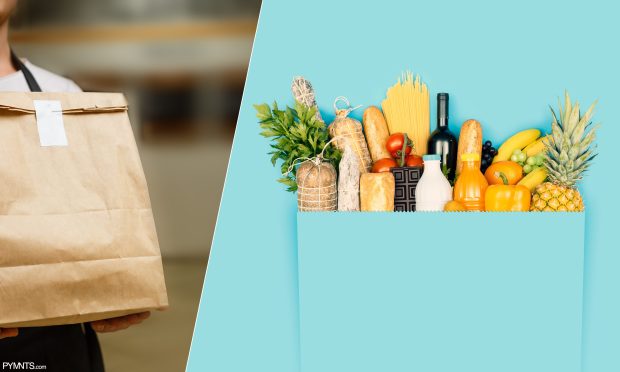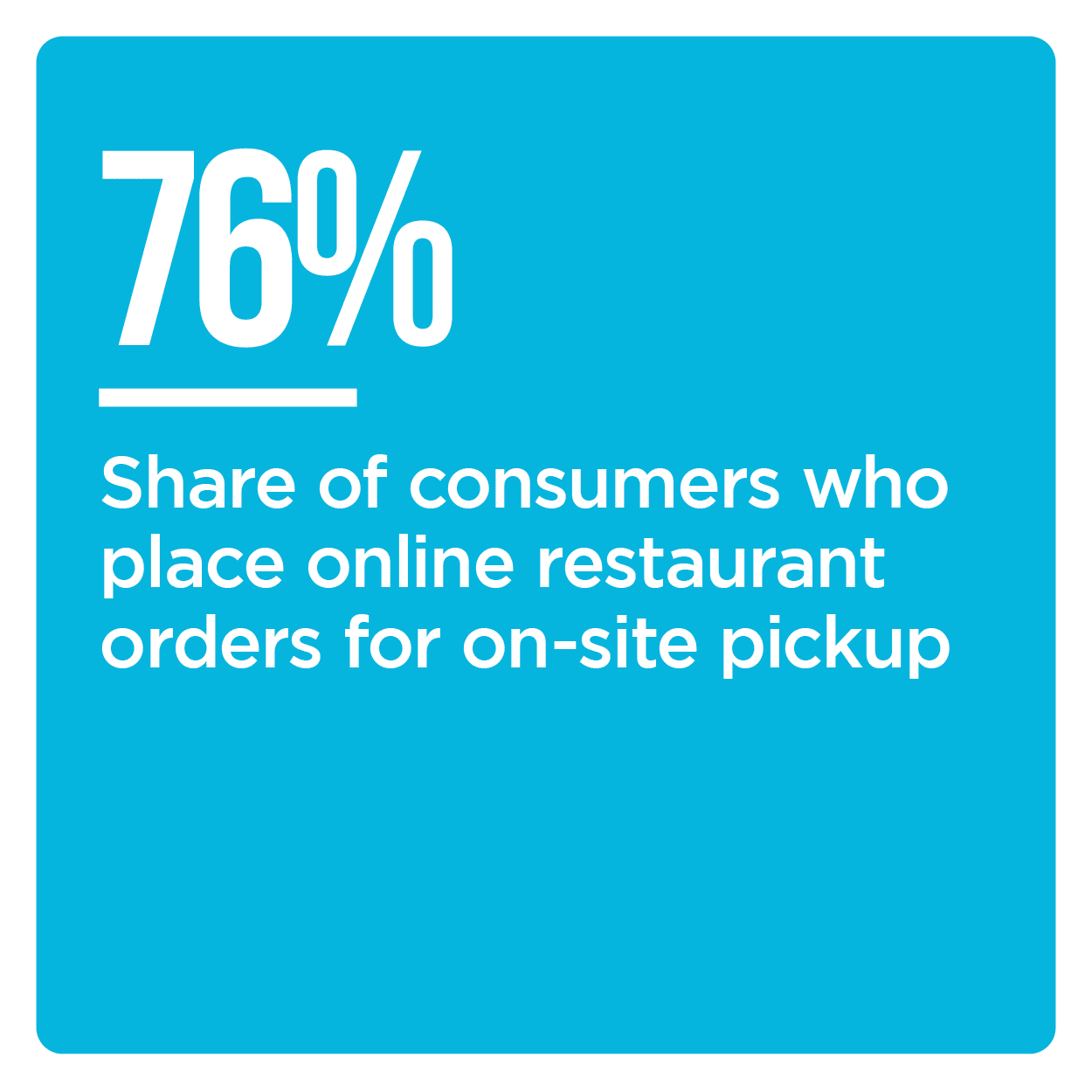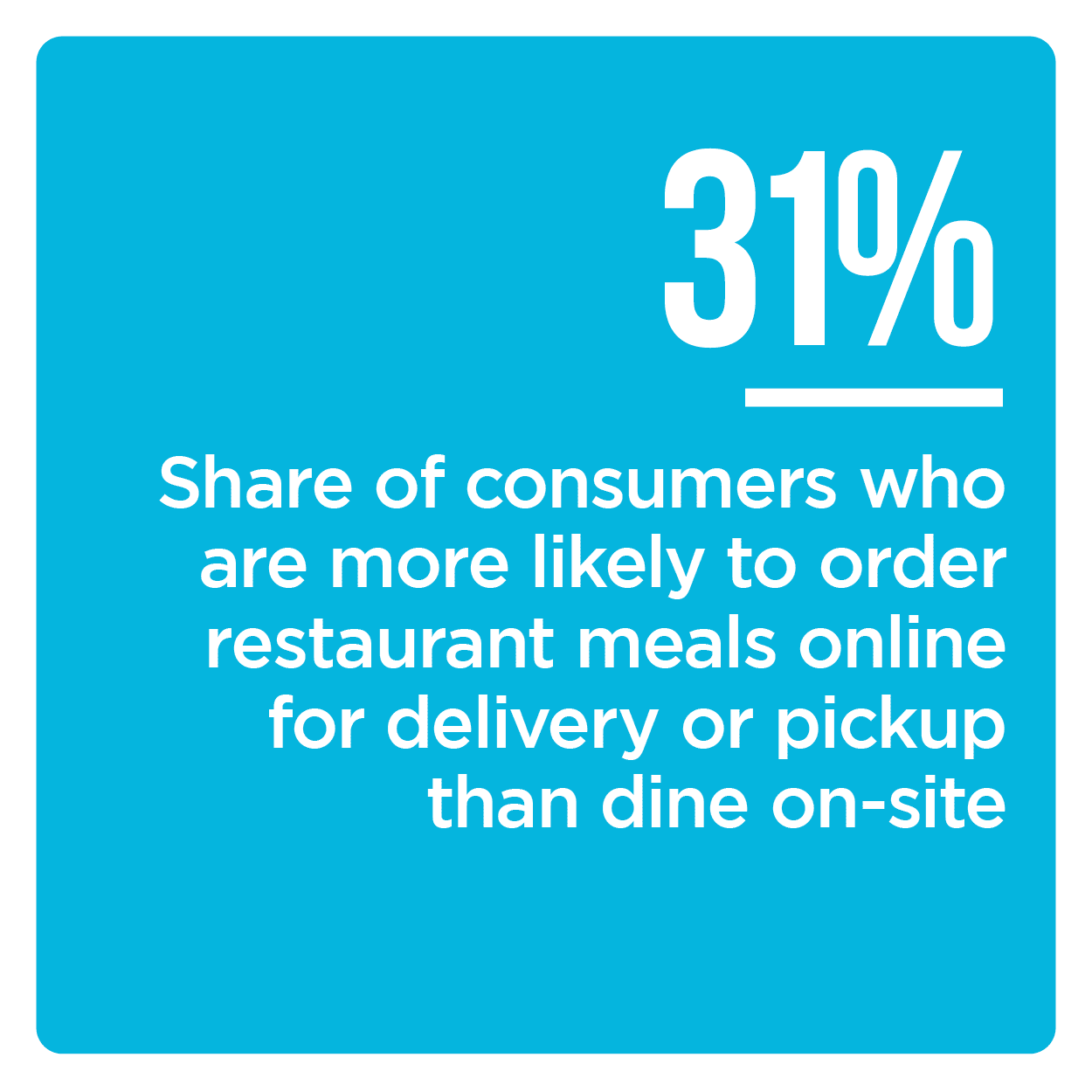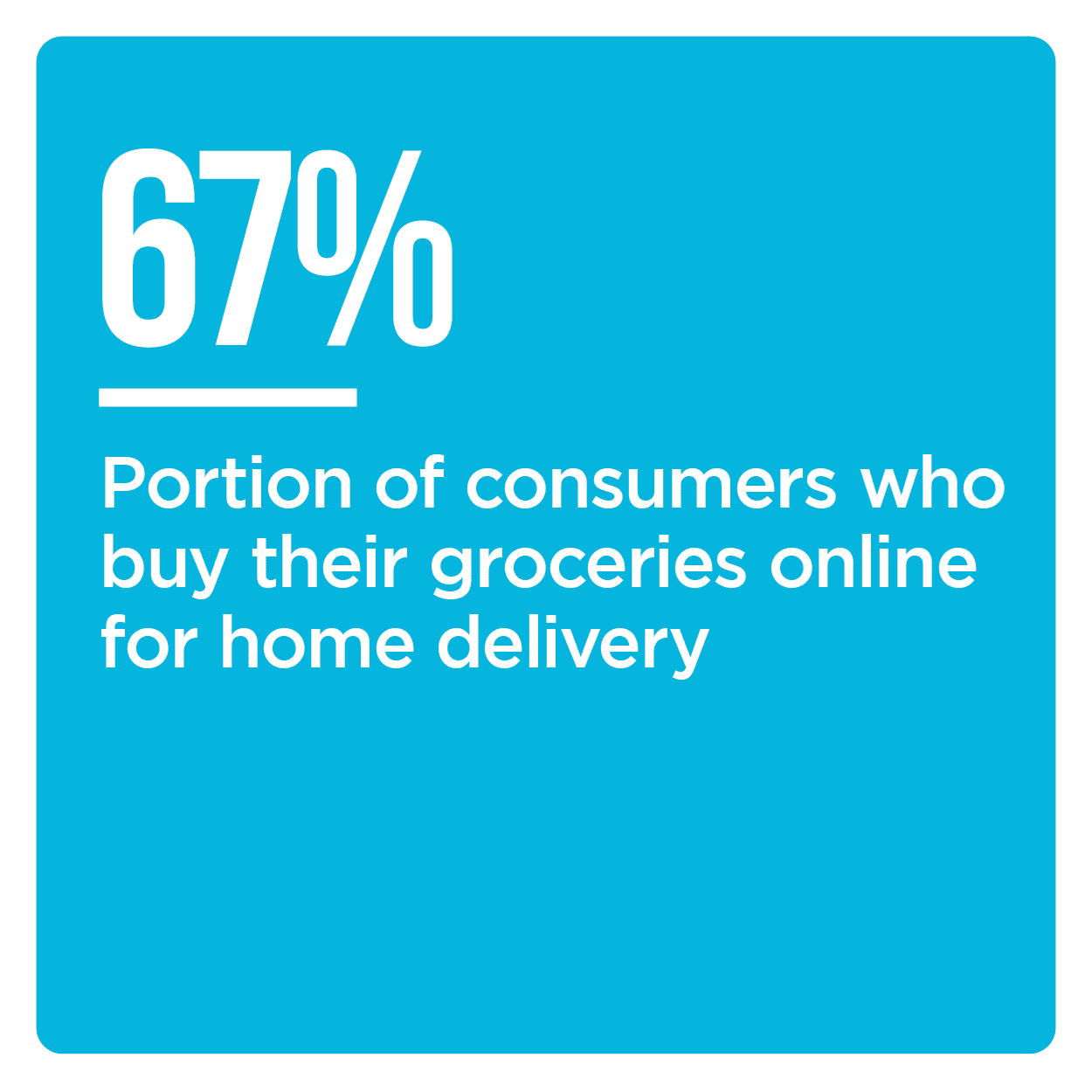Up for Grabs: Restaurants and Grocers See Path to Picking up 200 Million New Customers

 The weekly trip to the grocery store was once a common fixture in the lives of United States consumers, but that all changed when the pandemic struck.
The weekly trip to the grocery store was once a common fixture in the lives of United States consumers, but that all changed when the pandemic struck.
Since March 2020, consumers have been going online to order not only groceries, but also restaurant orders they once only acquired in brick-and-mortar establishments. Forty-three percent of all consumers say they are ordering their food or groceries to be delivered more often now than they did before March 2020, in fact, and 48% are ordering them for pickup more often.
This is one of the key findings that PYMNTS, in collaboration with Carat, from Fiserv, uncovered in the How We Eat Playbook. We surveyed a census-balanced panel of 5,266 U.S. consumers about how they typically buy and acquire their restaurant orders and groceries and how those methods have changed since March 2020 to learn more about the role that restaurants and grocers play in the bring-it-to-me economy.
 More key findings from the study include:
More key findings from the study include:
- The home — not the restaurant — is the center of the restaurant business. Consumers now are 31% more likely to buy meals for delivery or pickup than they are to dine on-site, with bridge millennials — a group of consumers composed of older millennials and younger Gen X’ers — being more likely to do so than any age group. Eighty-seven percent of bridge millennials order their food online for pickup or delivery, and 68% of them order their food online for at-home delivery.
- Grocery shopping is less about choosing products and more about pickup or delivery. Seventy-two percent of grocery shoppers now order groceries online for curbside pickup or home delivery. At-home delivery is the more popular method to receive groceries ordered online, especially among bridge millennials. Sixty-seven percent of consumers report ordering at least some of their groceries online for at-home delivery, and the figure is as high as 86% among bridge millennials.
- Voice-enabled commerce will be key to winning over at-home diners and online grocery shoppers moving forward. Consumers who order more of their groceries and restaurant meals online are three times as likely as others to use voice assistants, with 10% saying that they make purchases via Alexa, Google Home or other voice assistants. Twenty percent of consumers who have shifted to ordering more food or groceries online also say they would be interested in shopping via voice assistant.

These are just a few of the key ways in which the bring-it-to-me economy has fundamentally reshaped consumers’ relationships with food and the restaurants and grocers they trust to provide it. The How We Eat Playbook explores the range of ways in which consumers’ food ordering and grocery habits have shifted since March 2020, and what it means for the restaurants and grocers trying to win their business.
To learn more about how restaurants and grocers can win over more digital-first shoppers, download the playbook.

